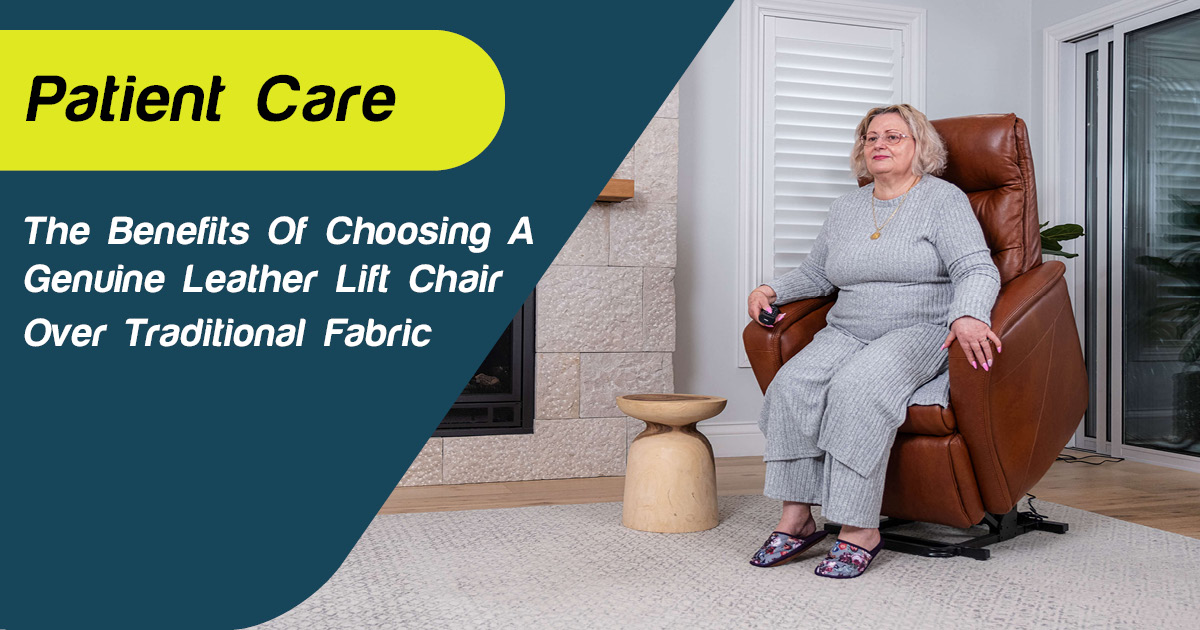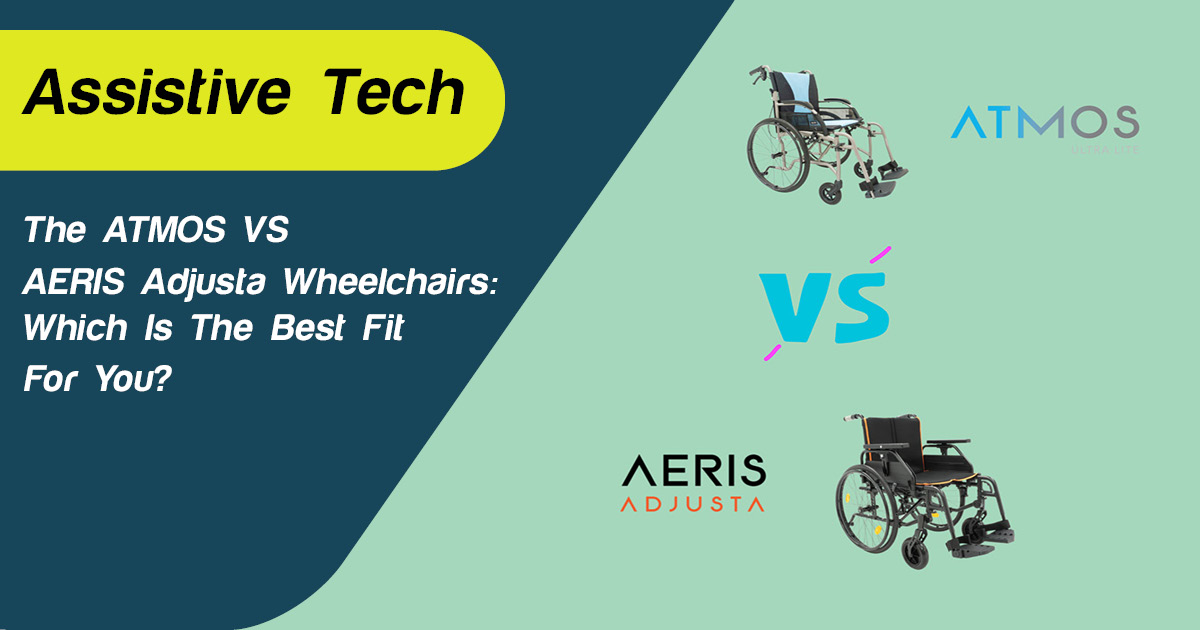
Share

Slips, trips and falls are common risks that can happen anywhere. These risks are more common and they most likely happen to elderly people. The chance of falls, trips or slips increases with age.Many factors can increase the risk of falling. Falls are a common problem for older people and are also an issue for people with low vision. Poor vision increases the risk of falls by two times, which causes other injuries, including hip or knee fractures. Other factors, including mobility, medicine and footwear are risks that might cause falls.
Many falls are preventable and many injuries from falls can be minimised. To reduce injuries, it is important to know your risk factors and actively look after them.
Active Mobility Systems has introduced A-B-C of Fall management approach. A-B-C stands for Arrest-Break-Cope.
A is for Arrest – How can we stop as many falls as possible?
Arrest means “stop, apprehend.” If we arrest a fall before it happens we can prevent client
suffering and waste of scarce community resources. Products to stop a fall include socks,
slippers, alarms, grabrails …
B is for Break – What can we provide to soften the impact if a fall does occur?
We are never going to prevent every fall but we can do our best to minimise the impact of those that do occur.
C is for Cope – How do we assist a client who has fallen?
When a fall does occur, you need an effective means of assisting your client from the floor.
Minimising slips, trips & falls will assist to your health. There are many things you can do to minimise your risk of falls, including:
Exercising regularly - regular exercise improves balance, strength, mobility and can reduce the risk of injury following a fall.
Engageing in leisure activities - keep active, regular walking, gardening or other hobbies and activities can reduce the risk of falls.
Arranging a home safety assessment and modification - asking your OT to assist you with home safety to minimise the risk of further falls.
Wearing suitable clothing & footwear - reduce injuries caused by falls by wearing protection clothes (hip protectors, comfortable clothing or footwear).
Even though most falls don’t result in serious injury, many people are unable to get up without help. Therefore, it is important to think ahead and make a plan of things you can do to safeguard yourself.









